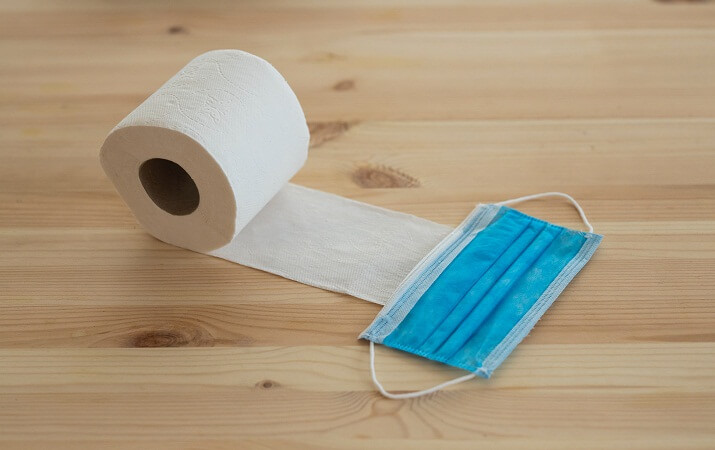Researchers at the Indian Institute of Technology (IIT), Guwahati have developed methods to detect and prevent the novel coronavirus using bio-interface interactions between the virus and the surface spike protein. According to the team of researchers, the novel coronavirus (SARS CoV-2) is composed of inner nucleic acid which is covered with surface spike glycoprotein and the engineered surfaces can be potentially applied for the detection as well as prevention of COVID-19 — the disease caused by the virus.
“So far we are using antibody-based assays and RT-PCR based methods for testing during pandemic. However, longer assay time, cost, complex procedures and false positive or negative results are a few bottlenecks of these methods,” Lalit M Pandey, associate professor, Department of Biosciences and Bioengineering, told PTI.
Events: Guest Blogging | uLektz Faculty Accomplishment | uLektz Wall of Fame
“The bio-interface interactions between virus surface spike protein and the surface can be explored for the rapid detection of coronavirus,” Mr Pandey said.
“The interaction between the spike protein and contacting surfaces constitutes the key step of transmission of coronavirus. Thus, surface engineering, on one hand, shall facilitate a quick detection method and on the other hand, it would be a very secure method of protection against the virus, for example when applied on PPEs,” Mr Pandey added.
Also Watch: Top 10 Programming Languages In 2020
The team’s research on surface modifications and analysis of the bio-interfacial (protein-surface) interactions have been published in reputed journals like Materials Science and Engineering C, Applied Surface Science, Langmuir, J. Phys. Chem. C and ACS Biomaterials Science and Engineering.
“We have developed an interesting method of surface modifications by forming various self-assembled monolayers (SAMs) on different surfaces, which result in a wide range of surface hydrophobicity depending on the terminal functional groups with nano-scale smooth surfaces. The formation of SAMs involves a fast attachment followed by a slow reorientation step,” Pandey said.
“Mixed SAMs have been prepared to design the surface with intermediate wettability. The thumb rule of increase in the adsorbed amount of protein with an increase in surface hydrophobicity does not hold true for all systems. This is because protein adsorption is a complex process and depends on the hydrophobicity of both surfaces and proteins,” Mr Pandey said.
Hydrophobicity is the physical property of a molecule that is seemingly repelled from a mass of water. The research has revealed that a protein adapts to different conformations depending on surface properties. “Thus, the characteristics of protein can be tuned by engineered surfaces for various applications including biosensors, implants, and drug delivery. A recent special report suggested that the engineered sensor surface can be applied in Quartz Crystal Microbalance-based techniques, which are known for label-free, rapid and real-time detection with sensitivity,” Pandey said.
Watch also: YOUR TIME IS LIMITED Steve Jobs
“The surfaces based strategies not only offer an advantage of rapid virus detection from swab samples but also allow the reuse of the same surface over multiple cycles (samples),” Mr said. “The role of newly developed engineered surfaces is, however, to destabilise the viral envelope protein through surface-protein interactions, disintegrate, and finally, inactivate the viruses,” Mr Lalit M Pandey said.
“Thus, the surface treatments of personal protective equipment (PPE), which possess antiviral properties and prevent the contagious infections of coronavirus. The surfaces of PPEs can be engineered to achieve strong surface-protein interactions,” Mr Pandey said.
Courtesy: ndtv
Follow us on Facebook, Twitter, LinkedIn.
Watch us Click here
